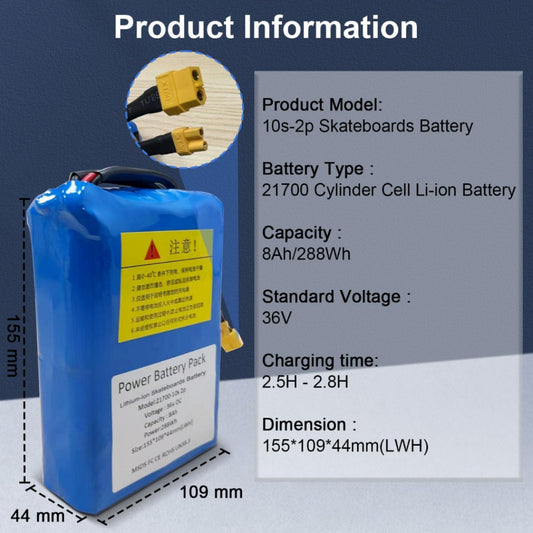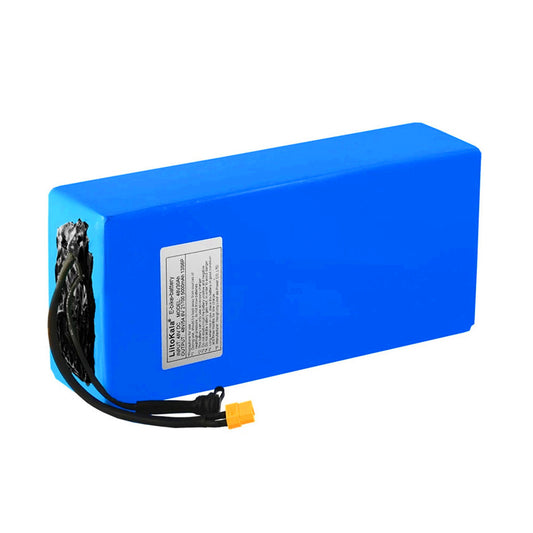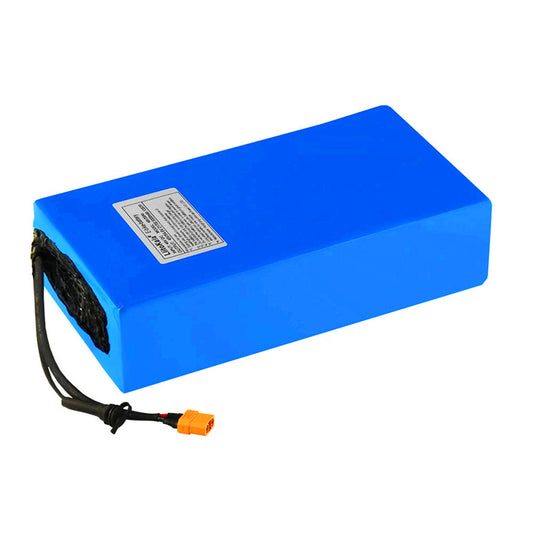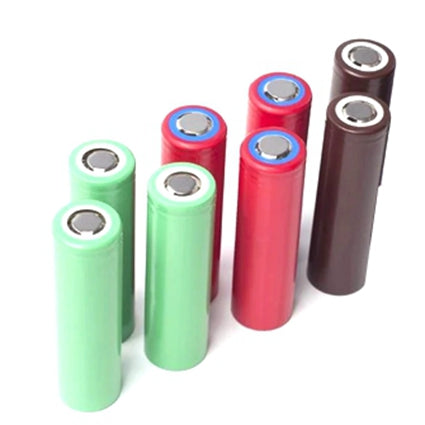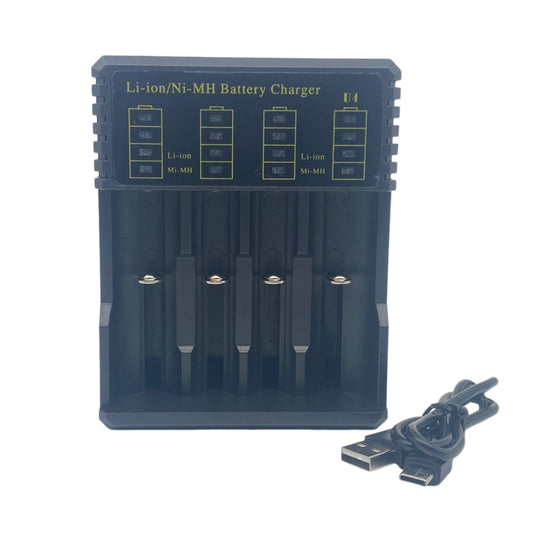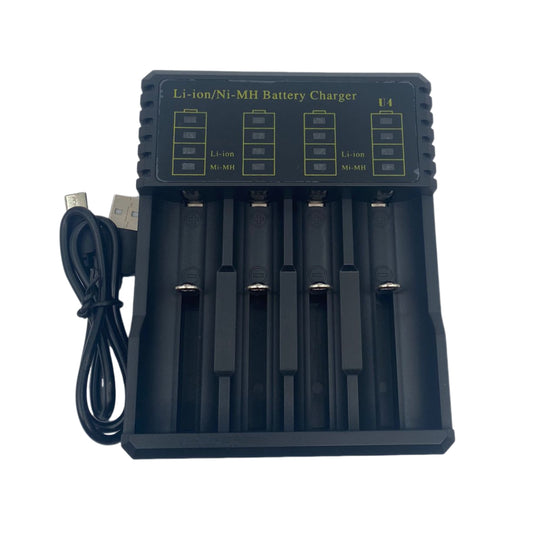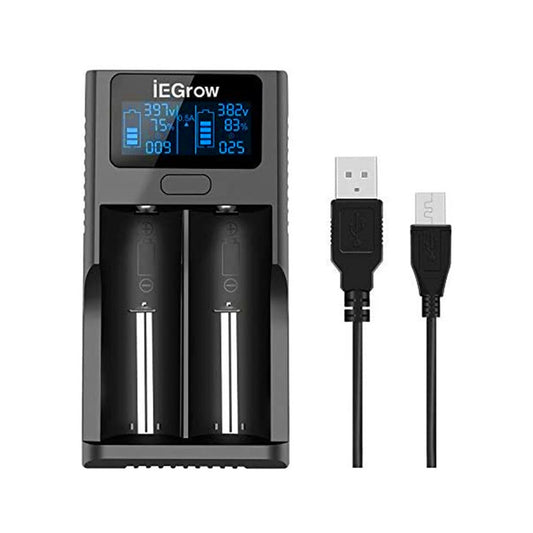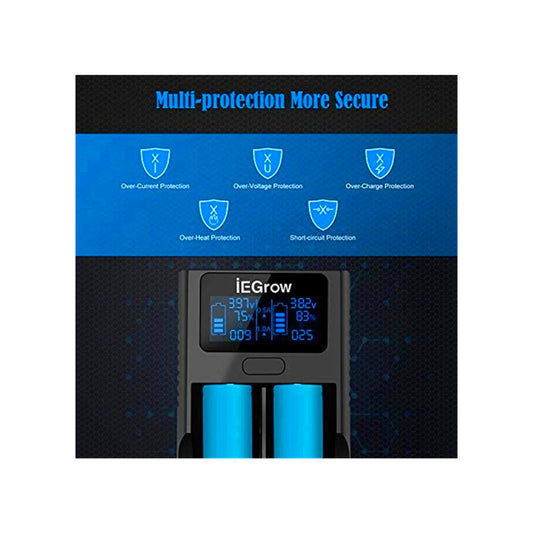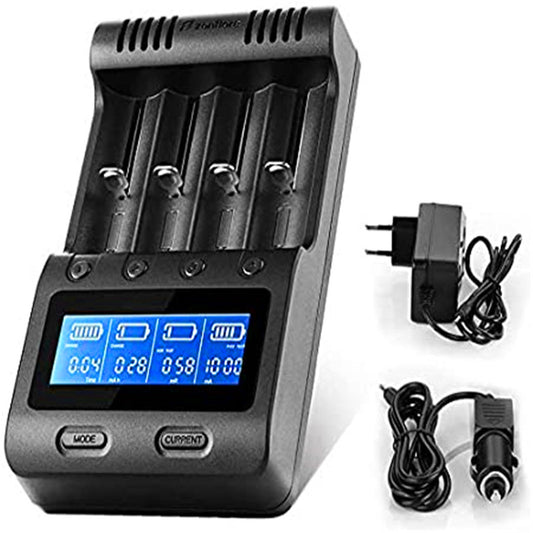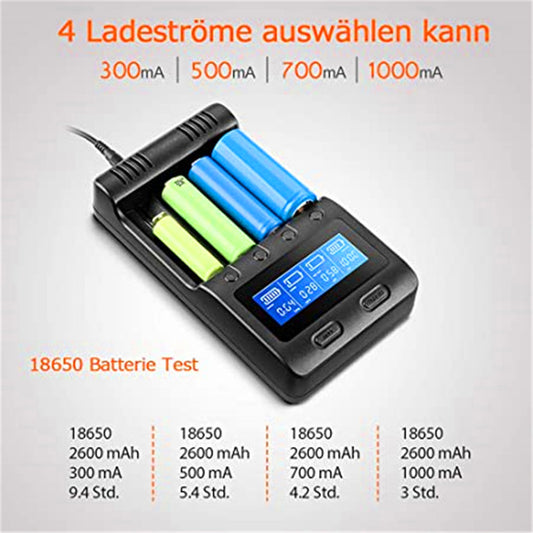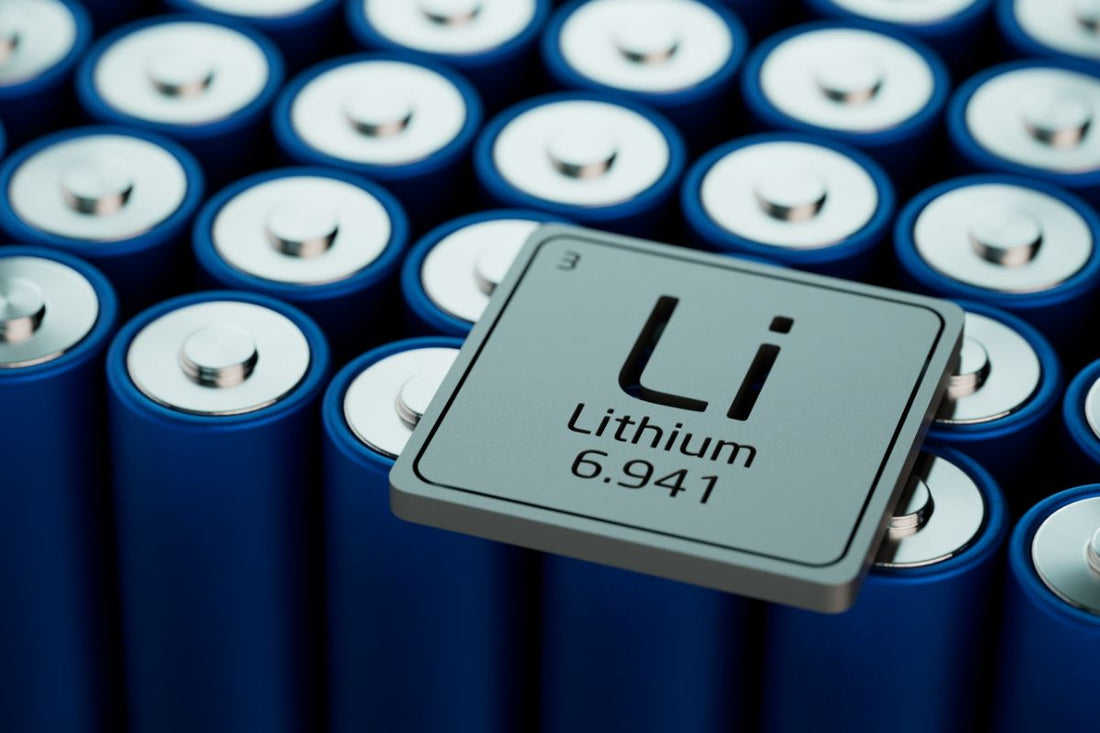Lithium batteries can cause risks if not stored properly. Given their widespread use in devices from flashlights to electric cars and the availability of lithium batteries for sale, this article provides essential tips and advice on how to avoid them to help you minimize the chances of danger and ensure safe lithium-ion battery storage. Let's move on!
1. Keep Optimal Temperature for Safe Lithium Battery Storage
The ideal storage temperature for lithium batteries is between 15°C and 25°C, as this range minimizes chemical reactions and extends the battery lifespan.
Temperatures above 40°C cause the electrolyte to decompose faster, leading to permanent capacity loss and potential swelling, leakage, or even fire. Conversely, low temperatures thicken the electrolyte, increase internal resistance, and reduce efficiency. Storing li-ion batteries below 0°C long-term can deactivate active materials, affecting capacity and lifespan.
2. Avoid Storing Batteries in High Humidity
It is advised to Store lithium batteries in an environment with relative humidity below 60%. And you can use desiccants or dehumidifiers to maintain a dry storage environment. Sealed containers are also effective in reducing the impact of humidity.
High humidity can cause the battery casing to rust, and moisture in the electrolyte can lead to short circuits, rendering the battery unusable or even causing explosions.
3. Keep Lithium Batteries in a Safe Place
Place lithium-ion batteries on a level and secure location to prevent falling objects, collisions, excessive stacking, or pressure. Wrap batteries in foam or shock-absorbing materials and store them in sturdy boxes to avoid mechanical damage.
When storing, label each battery with its type, charge state, and storage date, and store different types, models, and charge states separately. For example, separate new and old batteries, as well as fully charged and partially charged ones. Use different colored labels or markers for easy identification and management.
4. Keep batteries away from hazardous materials
Keep lithium batteries away from flammable materials, conductive materials, and magnetic fields.
Flammable materials such as paper, cloth, chemicals, gasoline, oil, and other flammable liquids can potentially cause fires or explosions.
Additionally, keep li-ion batteries away from conductive materials like metals, tools, loose wires, and improperly insulated electronic devices, as contact with these can cause short circuits, overheating, and potential battery damage or fire.
Finally, avoid strong magnets and devices that emit strong electromagnetic fields, as these can interfere with the internal workings of the battery and cause malfunctions or damage.

5. Use a Quality Charger for Lithium Batteries
Use a charger with an automatic cutoff feature to prevent overcharging. A smart charger that adjusts the charge rate according to the battery's needs can help maintain the optimal charge level without damaging the battery.
6. Avoid Overcharge or Overdischarge
For long-term storage, store lithium batteries at a partial charge, ideally between 40% and 60%. Avoid storing lithium batteries fully charged (100%) or completely discharged (0%), as a full charge increases stress on the battery’s chemical structure, and a complete discharge can lead to the breakdown of the electrode materials, potentially rendering the battery unusable.
It's advised to check the lithium battery’s charge level every 3 to 6 months and not let the charge level drop below 40%. This practice helps prevent deep discharge over time and maintains battery health. For example, the voltage corresponding to 40%-60% for 18650 lithium batteries is 3.6-3.7V.
Always Prepare for Handling Emergency
Whenever and wherever it is important to know how to properly dispose of lithium batteries in case of an emergency.
Inspect the Lithium-ion Batteries Regularly
Inspect lithium-ion batteries regularly to ensure their safety and functionality and identify hazards.
-
Conduct visual inspections by checking for swelling or bulging, which indicates internal damage,
-
Inspect for leaks that suggest a breach in the battery casing.
-
Ensure the battery casing is intact without any cracks, dents, or punctures.
-
Inspect the battery terminals and connections for signs of corrosion, rust, or discoloration, and clean any debris with a dry cloth.
-
Perform voltage checks every 3 to 6 months using a multimeter. If the voltage drops below the recommended storage level, recharge the battery to 40%-60%.
How to handle Lithium battery emergencies?
-
If you notice swelling, leakage, smoke, or unusual heating, immediately remove the compromised battery to a well-ventilated area, preferably in a fireproof container.
-
When handling a leaking battery, wear protective gloves and goggles. Neutralize spills with baking soda, clean them with a damp cloth, and dispose of them properly.
-
If the lithium battery catches fire, keep a fire blanket nearby and use a Class D or dry chemical fire extinguisher to put out the fire; never use water.
-
If the emergency cannot be controlled, evacuate immediately and contact emergency services.

FAQ
How should I handle damaged or swollen lithium batteries at home?
If you encounter a damaged or swollen lithium battery at home, follow these steps to ensure safety:
-
Do Not Use: Stop using the home battery if you notice any damage or swelling.
-
Isolate the Battery: Place it in a fireproof container or on a non-flammable surface, away from other batteries and flammable materials.
-
Avoid Physical Contact: Wear protective gloves and goggles to avoid contact with leaking electrolytes.
-
Do Not Puncture or Compress: Avoid actions that could puncture or compress the battery.
-
Contact Disposal Services: Contact local battery recycling or hazardous waste disposal for safe disposal instructions. Do not throw it in the trash.
-
Monitor the Battery: Keep an eye on it while waiting for disposal to ensure it doesn't catch fire or leak further.
How can I prevent lithium batteries from overheating during storage?
Preventing lithium batteries from overheating during storage involves several key strategies:
-
Temperature Control: Store batteries in a cool, dry place with a stable temperature between 15°C and 25°C. Avoid locations that experience extreme temperature fluctuations.
-
Avoid Direct Sunlight: Keep batteries out of direct sunlight to prevent them from heating up.
-
Do Not Overcharge: Ensure li-ion batteries are not stored fully charged. A charge level of 40%-60% is ideal for long-term storage.
-
Separate Storage: Avoid stacking batteries directly on top of each other, as this can lead to heat buildup.
-
Use Proper Containers: Store batteries in containers that allow for heat dissipation, rather than airtight containers that trap heat.
What are the best ventilation strategies for storing lithium batteries?
No, it's not recommended to stack lithium-ion batteries. Stacking can lead to heat buildup, which can cause the batteries to overheat and become unsafe. Additionally, stacking can result in mechanical damage due to the weight and pressure exerted on the batteries at the bottom. This can increase the risk of short circuits and potential hazards.
Instead, store lithium batteries flat on a well-ventilated, single-layer surface to ensure they remain cool and undamaged. Proper storage practices help maintain battery integrity and safety.



